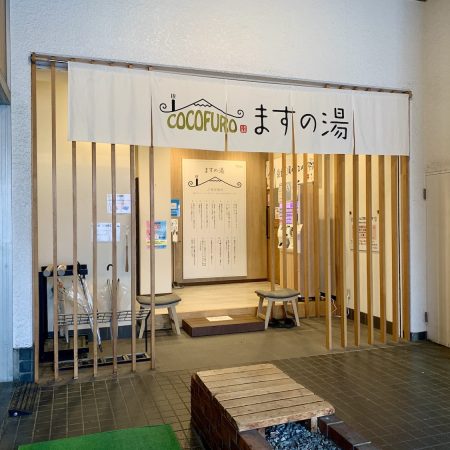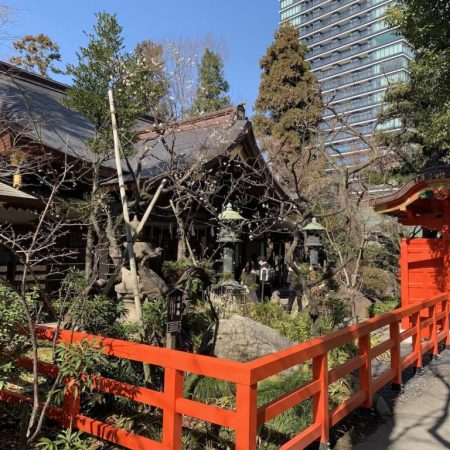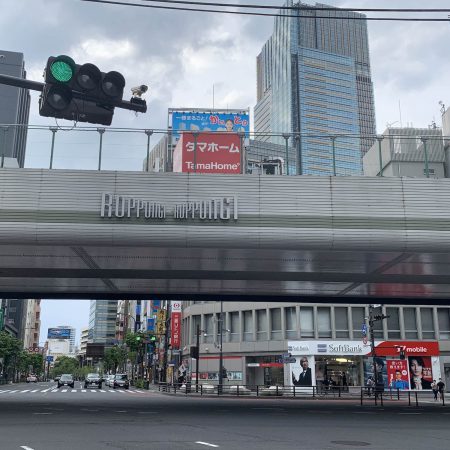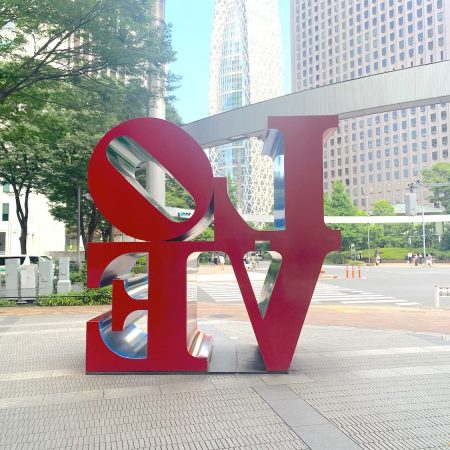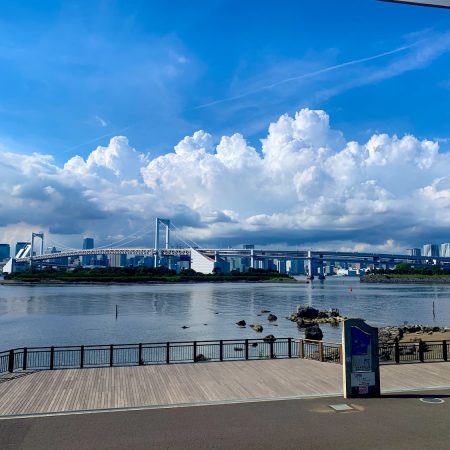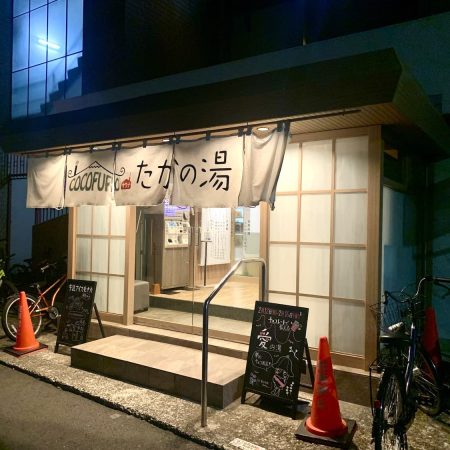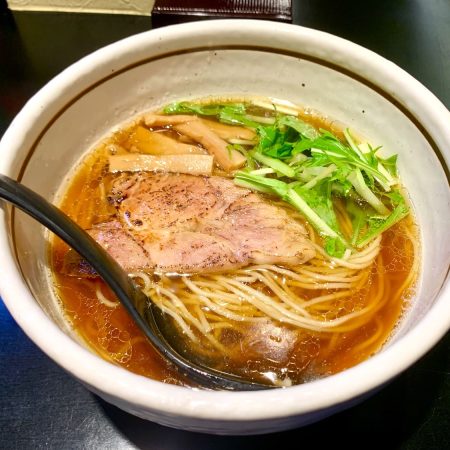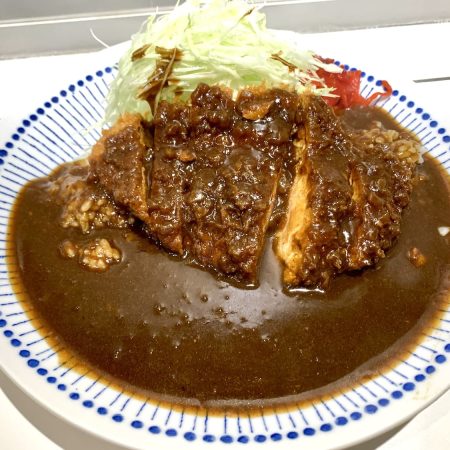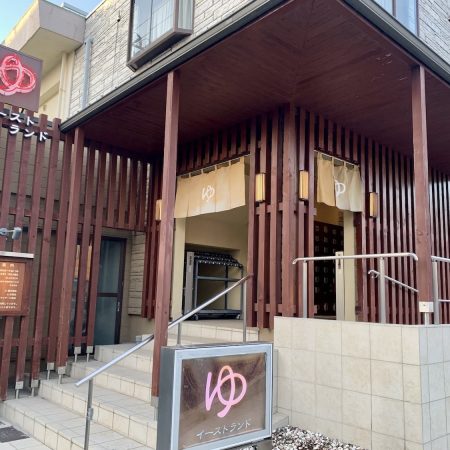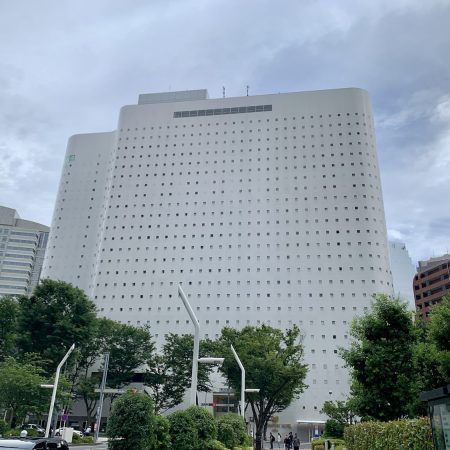Explore diverse experiences in Shinjuku’s top parks and gardens. Shinjuku Central Park, established in 1968, offers a tranquil escape with family-friendly spaces and panoramic views. Shinjuku Gyoen National Garden, a 144-acre oasis, showcases three distinct garden styles and seasonal wonders like cherry blossoms. Toyama Park, one of the city’s largest, merges natural beauty with historical significance, including the Shinjuku Sports Center. The Okuma Garden at Waseda University provides an intellectual retreat with its blend of Japanese and European styles amidst changing seasons. Kansen-en Park, Shinjuku’s sole Japanese garden, brings serenity with a circular design and seasonal highlights. Otomeyama Park, once restricted, now reflects a community commitment to conservation, offering natural wonders and a relaxing haven. Discover these hidden gems for a delightful blend of nature, history, and cultural experiences in Shinjuku.
Shinjuku Central Park (新宿中央公園)
Shinjuku Central Park is a serene oasis amid the urban hustle, offering a family-friendly environment with picnic spots and play areas. Established in 1968, it underwent renovations, featuring a playground, baby rest area, and diverse zones like the East for sports and the West with a water play pool. The park connects to the Tokyo Metropolitan Building, providing free observation decks with panoramic views. Shinjuku Central Park hosts the annual Festival in late October, showcasing cultural activities. The park reflects Japanese values of nature appreciation and community harmony, offering a multifaceted space for relaxation and cultural exchange. Accessible by public transportation, it’s a hidden escape in Tokyo.
Shinjuku Gyoen National Garden (新宿御苑)
Shinjuku Gyoen National Garden, a 144-acre oasis with a rich history as a feudal lord’s residence, welcomes the public with three distinctive garden styles—French Formal, English Landscape, and Japanese Traditional. The park features historical landmarks, including a Meiji-era rest station and the Goryotei Pavilion. Various dining options offer original menus and scenic views. Shinjuku Gyoen hosts seasonal activities such as cherry blossom viewing in spring, lush greenery in summer, chrysanthemum exhibitions in autumn, and a winter greenhouse experience. The garden, a year-round wonderland, invites visitors to explore its diverse beauty.
Toyama Park (Okubo Area) (東京都立戸山公園(大久保地区))
Toyama Park in Shinjuku, one of the city’s largest parks with roots dating back to the Edo period, offers a blend of natural beauty and cultural significance. Divided into Okubo and Hakoneyama districts, each with a unique history, the park features the Shinjuku Sports Center, a children’s playground, jogging courses, water playgrounds, and ample grassy areas. Mount Hakone, the park’s centerpiece, provides a stunning view of cherry blossoms during spring and a panoramic skyline view of Shinjuku. Despite a dark history involving World War II experiments, Toyama Park has become a beloved destination, offering a serene retreat and showcasing cultural heritage. Visitors can enjoy picnics and immerse themselves in the park’s enchanting beauty and history.
Okuma Garden (大隈庭園)
The Okuma Garden in Waseda University’s campus is a 3,000-square-meter oasis blending Japanese and European garden styles, reflecting founder Shigenobu Okuma’s love for horticulture. Maintained since Okuma’s death in 1922, the garden features buildings and sculptures showcasing Waseda University’s rich legacy. Beyond its aesthetic charm, the garden serves as a retreat for locals and students, offering a spacious lawn for intellectual discussions or quiet reading. With changing seasons, the garden’s beauty evolves, making it a sensory delight and a must-visit for those interested in Japan’s historical and natural wonders.
Kansen-en Park (新宿区立甘泉園公園)
Kansen-en Park, the only Japanese garden in bustling Shinjuku, offers serenity with a circular design and seasonal highlights. Originating as a rice field in the Edo period, it later became Viscount Soma’s Meiji-era residence. The park, chosen among Japan’s historical parks, reflects Edo-era remnants and features a gourd-shaped pond, Yamabuki-no-ido. Once larger, the park now spans 14,000 square meters and is renowned for experiencing the changing seasons, with azaleas, hydrangeas, fresh greenery, autumn leaves, and winter yukitsuri.
Otomeyama Park (新宿区立おとめ山公園)
Otomeyama Park, situated along the Ochiai Cliff Line, was once a restricted area for falconry and boar hunting during the Edo period. In 1969, a section became a park, later expanded for community needs in 2014. The park features natural wonders like springs, ponds, forests, and fields. Divided by Otomeyama Street, it offers ideal forest bathing in the western hemisphere, hosting a pond with freshwater crabs and shrimps. The park, historically and visually striking, reflects the community’s commitment to conservation and provides a haven for relaxation and leisure.




